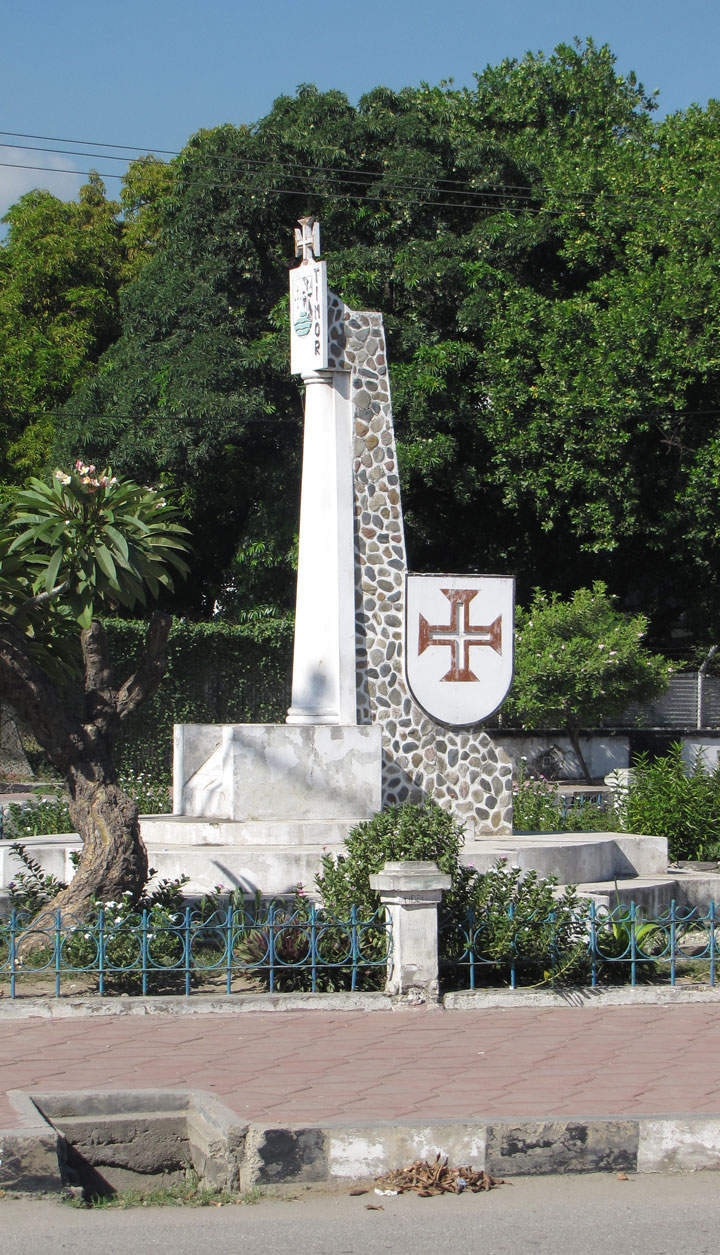

Timor-Leste

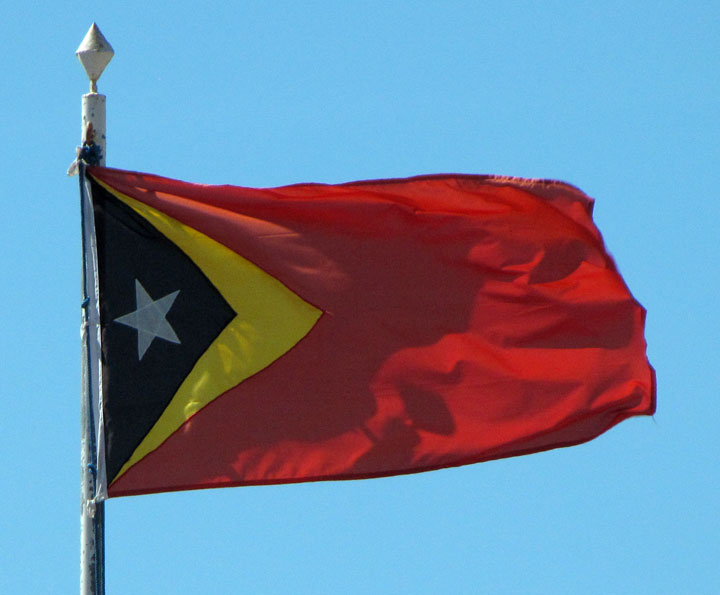
East Timor flag
East Timor, also known as Timor-Leste (Tetum: Timor Lorosae; officially the Democratic Republic of Timor-Leste) is a country in Southeast Asia. It comprises the eastern half of the island of Timor, the nearby islands of Atauro and Jaco, and Oecusse, an exclave on the northwestern side of the island, within Indonesian West Timor. The small country of 15,410 km² (5,400 sq mi) is located about 640 km (400 mi) northwest of Darwin, Australia.
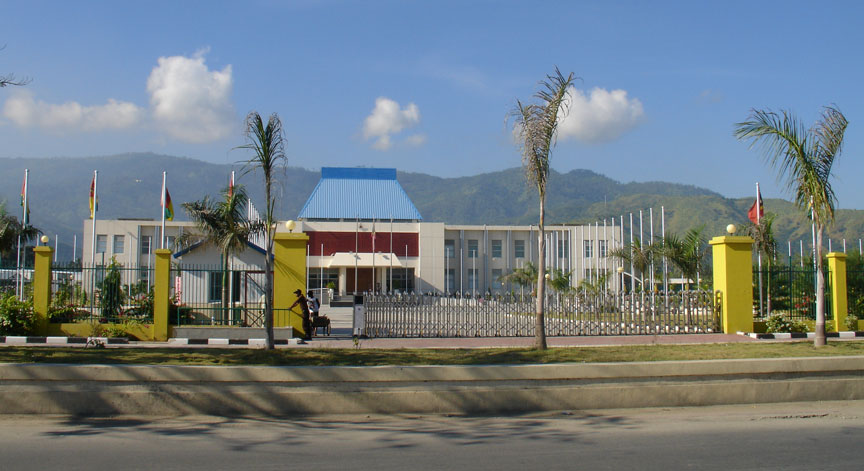
National Palace
East Timor was colonized by Portugal in the 16th century, and was known as Portuguese Timor until Portugal's decolonization of the country. In late 1975, East Timor declared its independence, but later that year was invaded and occupied by Indonesia and was declared Indonesia's 27th province the following year. In 1999, following the United Nations-sponsored act of self-determination, Indonesia relinquished control of the territory and East Timor became the first new sovereign state of the 21st century on May 20, 2002. East Timor is one of only two predominantly Roman Catholic countries in Asia, the other being the Philippines.

East Timor is a lower-middle-income economy. It continues to suffer the
aftereffects of a decades-long independence struggle against Indonesia, which
damaged infrastructure and displaced thousands of civilians. It is placed 162nd
by Human Development Index (HDI) among the world's states, the second lowest in
Asia.
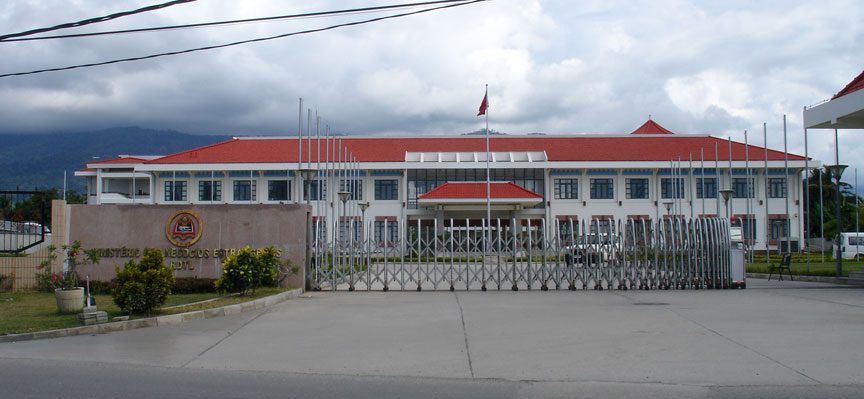
"Timor" derives from timur, the word for "east" in Indonesian and Malay (hence
the Indonesian Timor Timur) which became Timor in Portuguese and entered English
as Portuguese Timor. Lorosa'e is also the word for "east" in Tetum, literally
"rising sun".
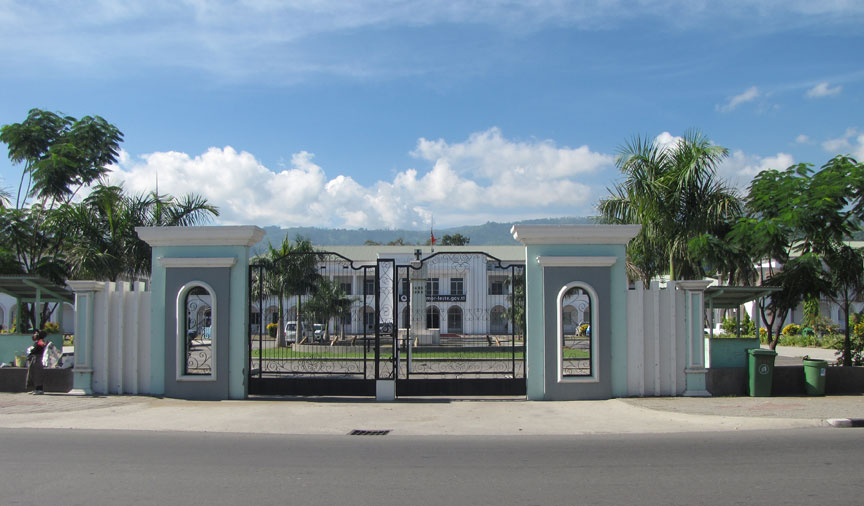
The official names under the Constitution are República Democrática de Timor-Leste
in Portuguese, which is almost universally used within the country, and in Tetum,
Repúblika Demokrátika Timór Lorosa'e, which is infrequently used and is not
standard across the many Tetum dialects. Following independence, the government
requested the official name in all languages be Timor-Leste, but this has not
been commonly adopted within English-speaking countries worldwide, where "East
Timor" is the common usage. The Indonesian name Timor Timur, abbreviated as
Timtim, is now less widely used, with the Indonesian government and media now
using Timor Leste.

Government Palace
The official short form names of countries worldwide are set by the
International Organization for Standardization (ISO). The ISO 3166-1 official
short name in English and all other languages is Timor-Leste. The ISO definition
is adopted by the United Nations, the national standards organisations of
France (AFNOR), the United States of America (ANSI), Britain (BSI), Germany
(DIN) and Sweden (SIS) and is universally used by international NGOs. Timor–Leste is used as a matter of protocol by the departments of
foreign affairs of almost all countries for example, the USA Department of State
and the European Union, notable exceptions being Australia, which uses "East
Timor".
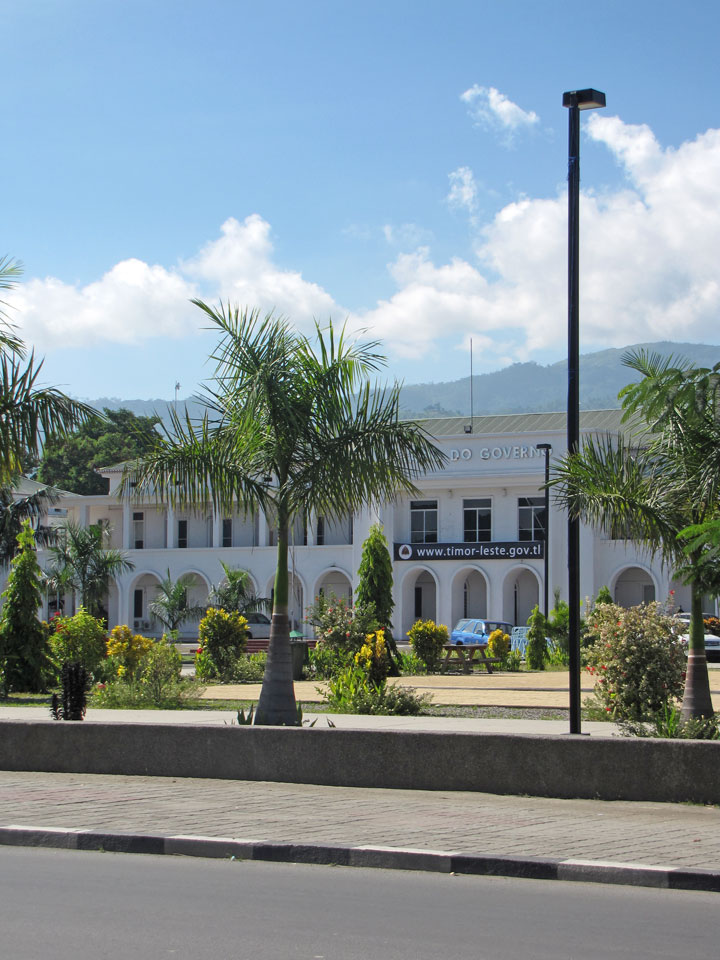
The island of Timor was originally populated as part of the human migrations
that have shaped Australasia more generally. It is believed that descendants
from at least three waves of migration still live in the country. The first were
related to the principal indigenous groups of New Guinea and Australia, and
arrived before 40,000 years ago. Around 3000 BC, Austronesians migrated to
Timor, and are possibly associated with the development of agriculture
there. Thirdly, proto-Malays arrived from south China and north
Indochina. The mountainous terrain kept these groups separated, and this is why
there is so much linguistic diversity in East Timor today.
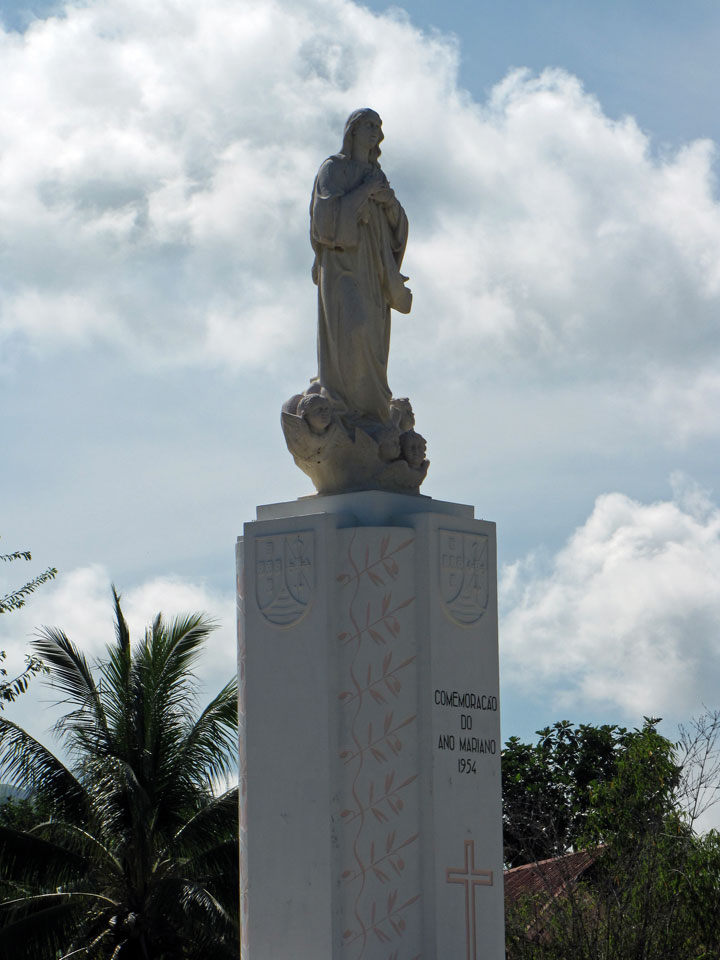
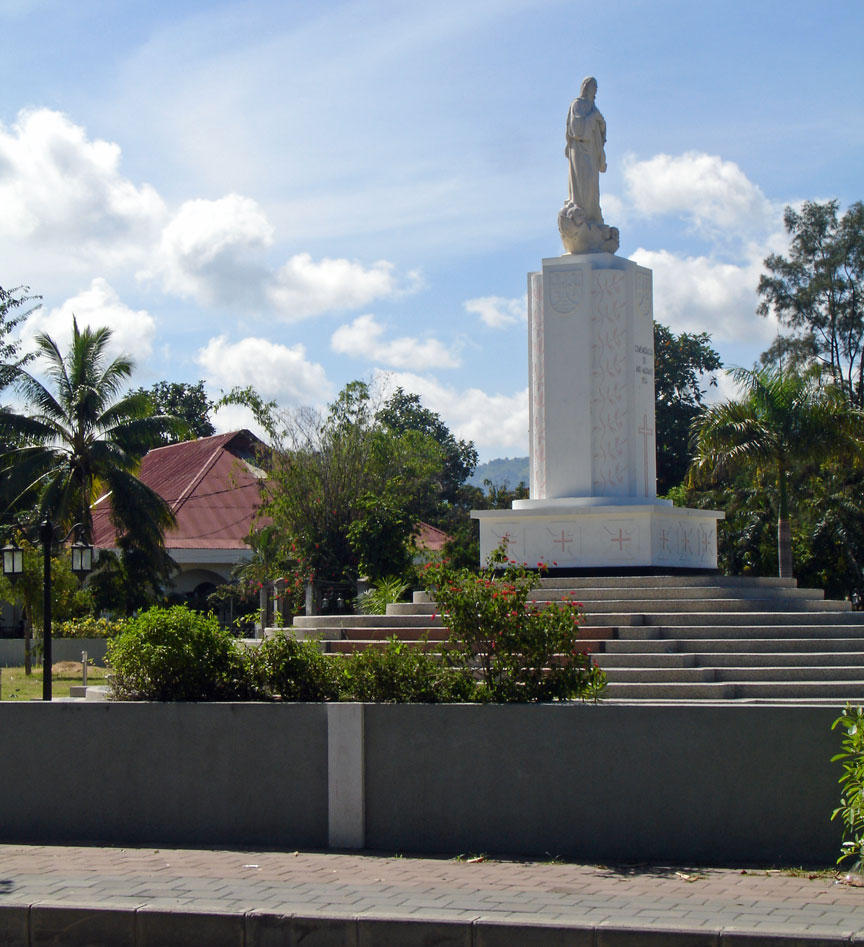
Timor was incorporated into Chinese and Indian trading networks of the 14th
century as an exporter of aromatic sandalwood, slaves, honey and wax. The
earliest historical record about Timor island is 14th century Nagarakretagama,
Canto 14, that identify Timur as an island within Majapahit's realm. Early
European explorers report that the island had a number of small chiefdoms or
princedoms in the early 16th century. One of the most significant is the Wehali
(Wehale) kingdom in central Timor, with its capital at Laran, West Timor, to
which the Tetum, Bunaq and Kemak ethnic groups were aligned.
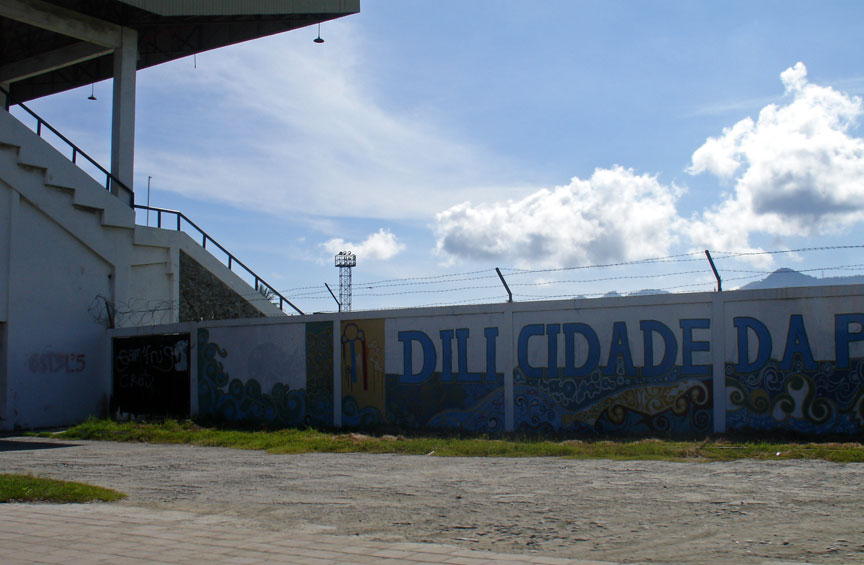
Soccer Stadium
The Portuguese were the first Europeans to colonize the Maritime Southeast Asia when they arrived in the sixteenth century. They established outposts in the (now Indonesian) Maluku Islands and Timor and surrounding islands. During the House of Habsburg's rule over Portugal (1580-1640), all surrounding outposts were lost and eventually came under Dutch control by the mid-seventeenth century. Effective European occupation of a small part of the territory only began after 1769, when the city of Dili, the capital of so-called Portuguese Timor, was founded. In the nineteenth century, the Netherlands gained a foothold on the western half of the island West Timor, and formally received it in 1859 through the Treaty of Lisbon. The definitive border was established by the Hague Treaty of 1916, and it remains the international boundary between the successor states East Timor and Indonesia.

bridge on the way to the airport
For the Portuguese, East Timor remained little more than a neglected trading post until the late nineteenth century. Investment in infrastructure, health, and education was minimal. Sandalwood remained the main export crop with coffee exports becoming significant in the mid-nineteenth century. In places where Portuguese rule was asserted, it tended to be brutal and exploitative. At the beginning of the twentieth century, a faltering home economy prompted the Portuguese to extract greater wealth from its colonies which met Timorese resistance.
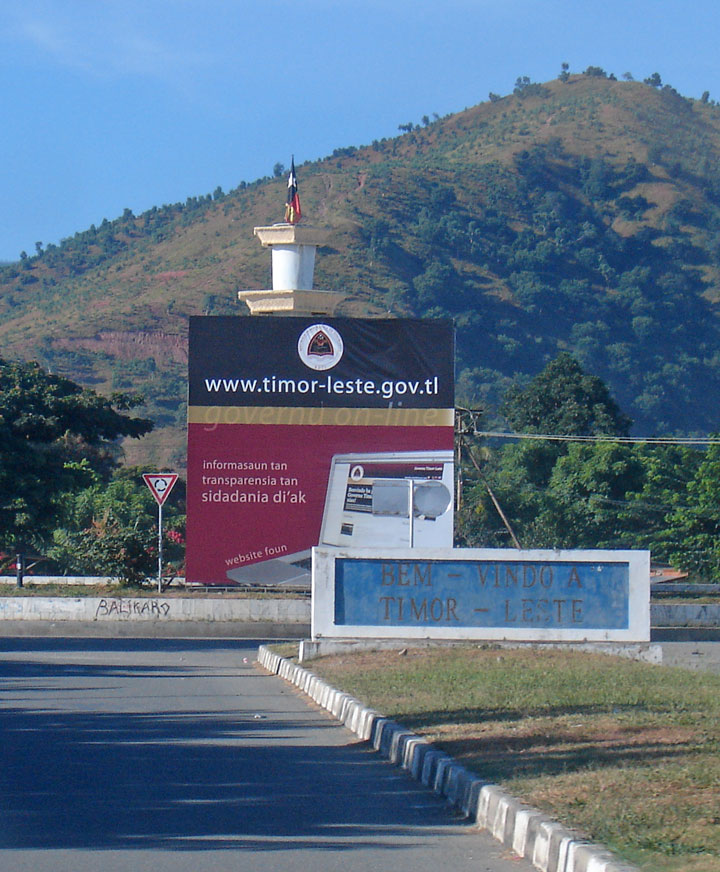
In late 1941, Portuguese Timor was briefly occupied by Dutch and Australian
troops in an attempt to preempt a Japanese invasion of the island. The
Portuguese Governor protested the occupation, and Dutch forces returned to the
Dutch side of the island. The Japanese landed and drove the small Australian
force out of Dili, and the mountainous interior became the scene of a guerrilla
campaign, known as the Battle of Timor. Waged by Allied forces and Timorese
volunteers against the Japanese, the struggle resulted in the deaths of between
40,000 and 70,000 Timorese. Following the end of the war, Portuguese control was
reinstated.
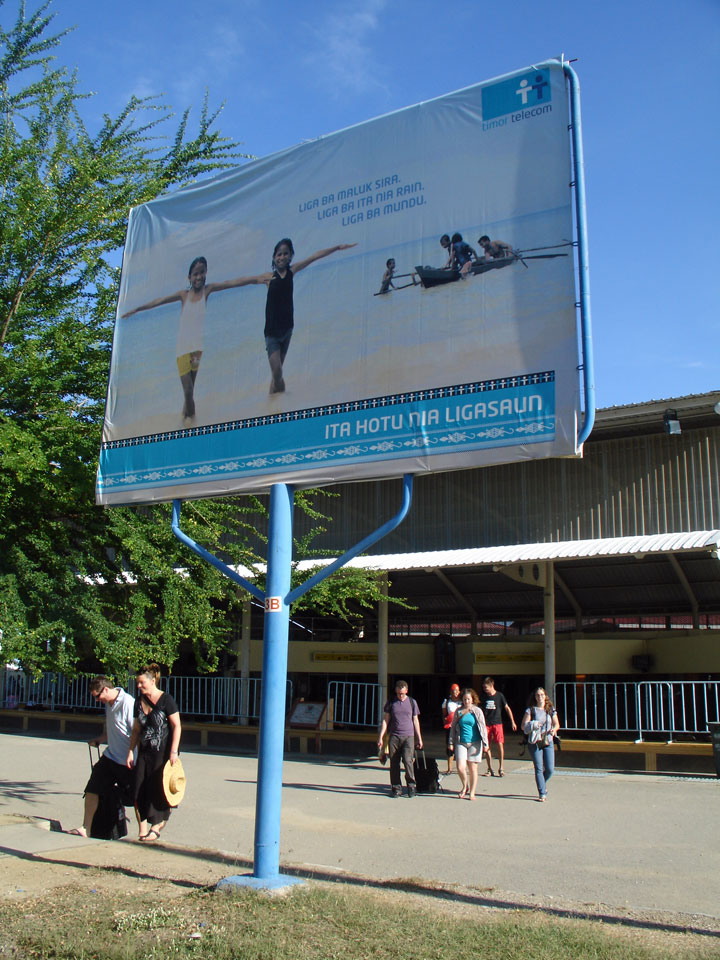
The process of decolonization in Portuguese Timor began in 1974, following the
change of government in Portugal in the wake of the Carnation Revolution. Owing
to political instability and more pressing concerns over the decolonisation of
Angola and Mozambique, Portugal effectively abandoned East Timor and it
unilaterally declared itself independent on November 28, 1975.
Nine days later, it was invaded and occupied by Indonesian forces before the
declaration could be internationally recognized.
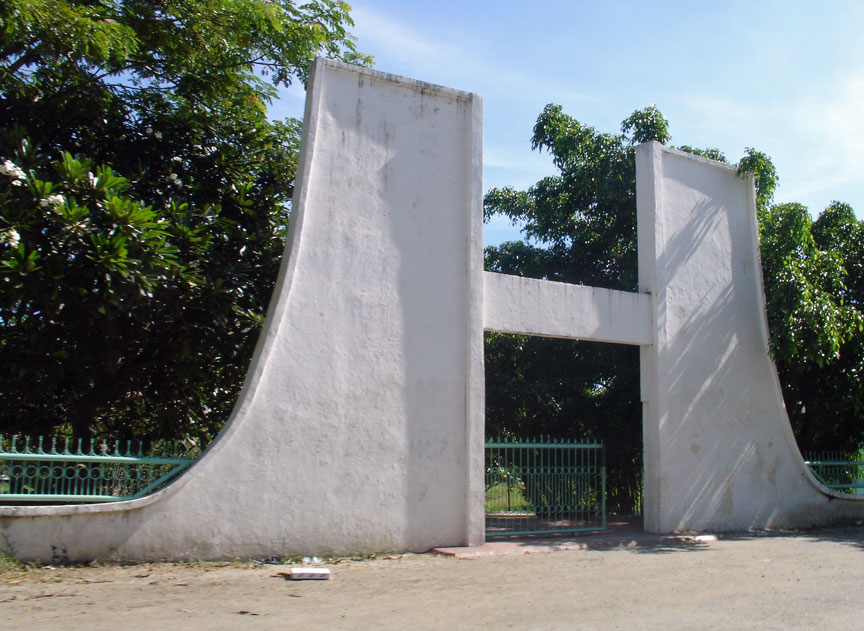
As political parties began to form and emerge inside the country, the Indonesian
military headed an operation that backed Apodeti, a pro-Indonesian party that
encouraged divisions between the pro-independence parties of East Timor. A brief
civil war occurred in 1975. Indonesia alleged that the East Timorese FRETILIN
party, which received some vocal support from the People's Republic of China,
was communist. Fearing a Communist domino effect in Southeast Asia—and in the
wake of its South Vietnam campaign—the United States, along with its ally
Australia, supported the pro-Western Indonesian government's actions. The UN
Security Council had a unanimous vote for Indonesia to stop its invasion and to
withdraw immediately from East Timor’s borders, and was blocked by the United
States from imposing any economic sanctions or other means of enforcing this
mandate.
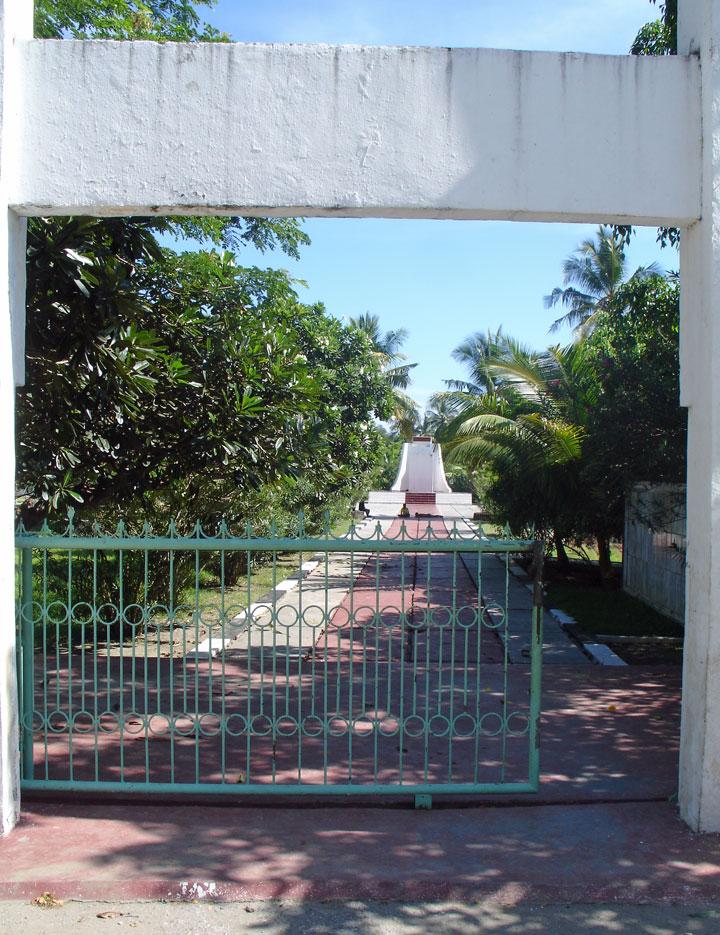
The territory was declared the 27th province of Indonesia in July 1976. Its
nominal status in the UN remained that of a "non-self-governing territory under
Portuguese administration."
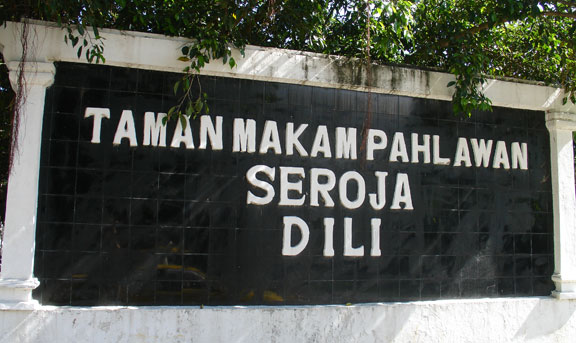
Indonesian rule in East Timor was often marked by extreme violence and
brutality; estimates of the number of East Timorese who died during the
occupation vary from 60,000 to 200,000, A detailed statistical report prepared
for the Commission for Reception, Truth and Reconciliation in East Timor cited a
minimum bound of 102,800 conflict-related deaths in the period 1974–1999,
namely, approximately 18,600 killings and 84,200 'excess' deaths from hunger and
illness.
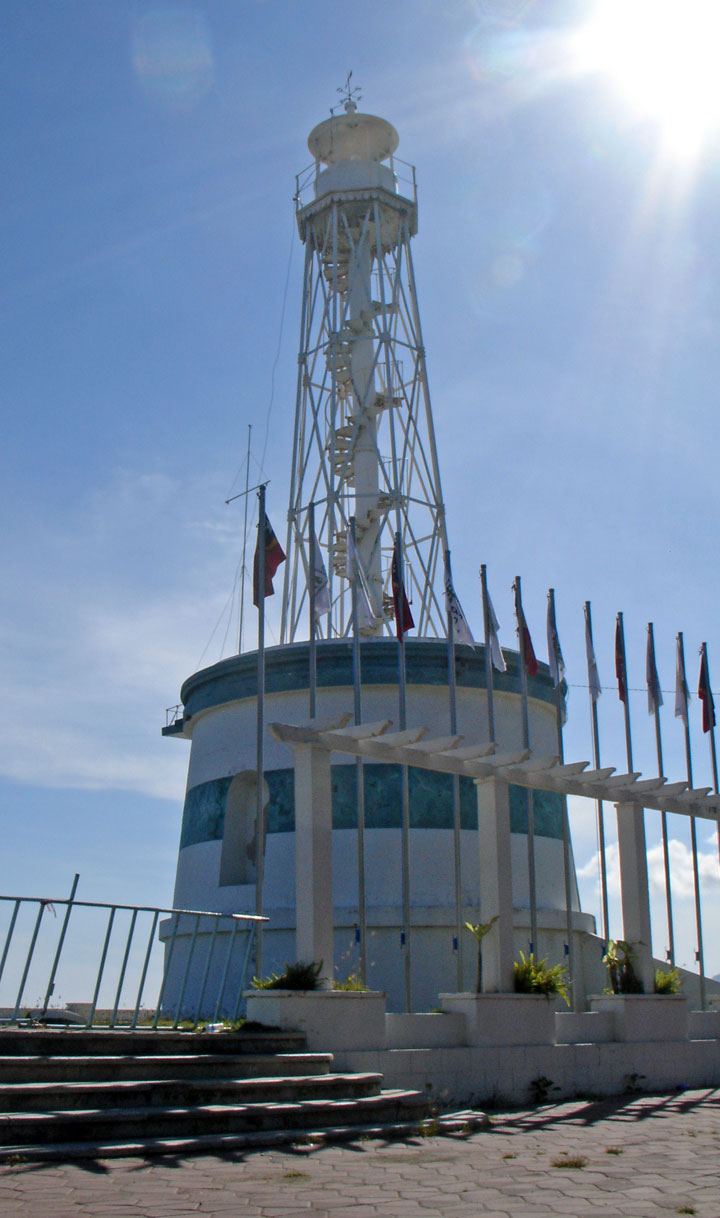
lighthouse
The East Timorese guerrilla force, Falintil, fought a campaign against the Indonesian forces from 1975–1999, some members being trained in Portugal by Portuguese special forces. The Dili Massacre proved a turning point for the East Timorese cause internationally, and a burgeoning East Timor solidarity movement grew in Portugal, Australia, and the United States.
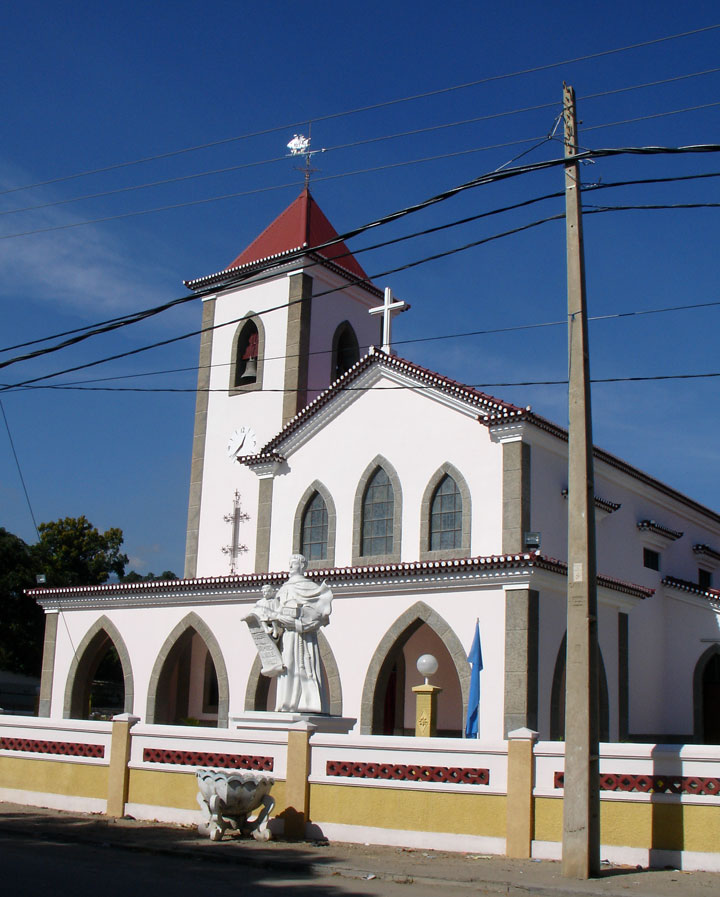
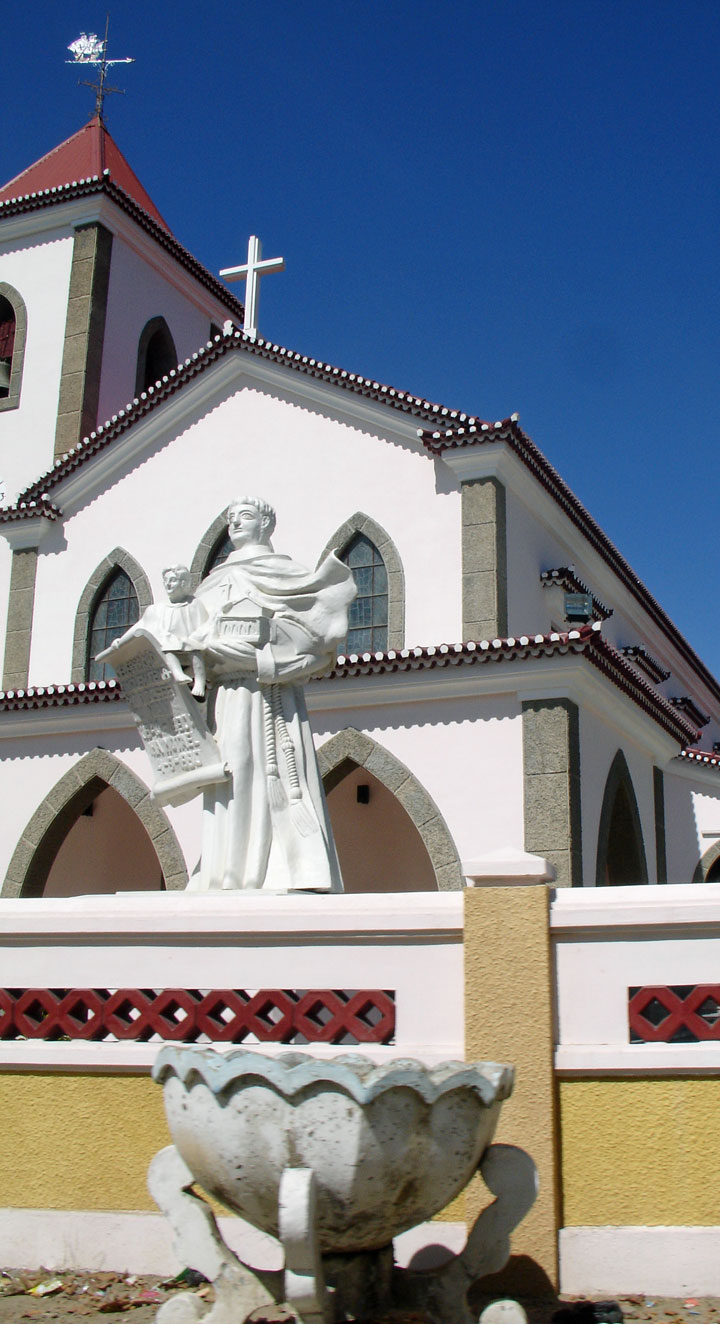
Following a UN-sponsored agreement between Indonesia, Portugal and the United
States and a surprise decision by the Indonesian President B. J. Habibie, a
UN-supervised popular referendum was held on August 30, 1999, to choose between
Special Autonomy within Indonesia and independence. 78.5% of voters chose
independence, but violent clashes, instigated primarily by elements within the
Indonesian military and aided by Timorese pro-Indonesia militias led by Eurico
Guterres, broke out soon afterwards. A peacekeeping force (INTERFET led by
Australia) intervened to restore order. The militias fled across the border into
Indonesian West Timor, from which sporadic armed raids were attempted. As these
raids were repelled and international moral opinion forced Indonesia to withdraw
tacit support, the militias dispersed. INTERFET was replaced by
a UN force of International Police, the mission became known as UNTAET, and the
UNTAET Crime Scene Detachment was formed to investigate alleged atrocities.
UNTAET was headed by the late Sérgio Vieira de Mello as UN Transitional
Administrator from December 1999 to May 2002. On December 2, 1999, De Mello
established the National Consultative Council (NCC), a political body consisting
of 11 East Timorese and four UNTAET members charged with overseeing the
decision-making process during the transition period leading to independence.
However, UNTAET experienced difficulties initially in establishing its
credibility amongst the Timorese leadership, leading to street violence. An
important workshop on March 1, 2000, brought the Timorese and UN leadership
group together to tease out a revised strategy, and identify institutional
needs. The workshop was organised by Francis Martin O'Donnell , and the Timorese
delegation was led by José Ramos-Horta, and included Mari Alkatiri. The outcome
was an agreed blueprint for a joint administration with executive powers,
including leaders of the National Congress for Timorese Reconstruction (CNRT),
led by future president Xanana Gusmão. Further details were worked out in a
conference in May 2000. De Mello presented the new blueprint to a donor
conference in Lisbon, on June 22, 2000, and to the UN Security Council on June
27, 2000. On July 12, 2000, the NCC adopted a regulation establishing a
Transitional Cabinet of four East Timorese and four UNTAET representatives. The
revamped joint administration successfully laid the institutional foundations
for independence, and on September 27, 2002, East Timor joined the United
Nations.
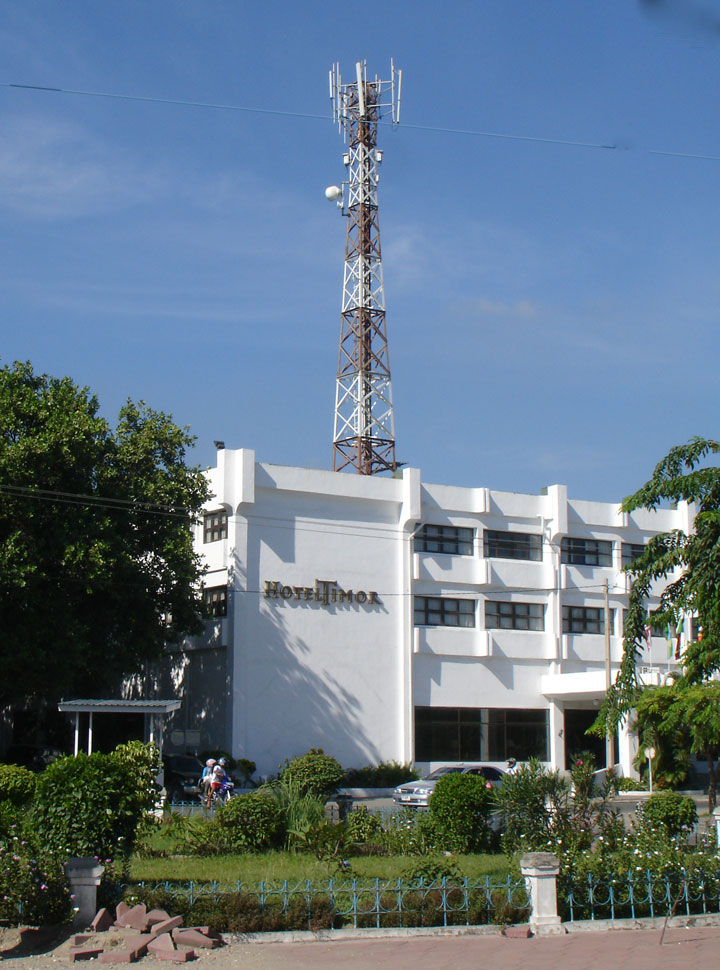
Hotel Timor
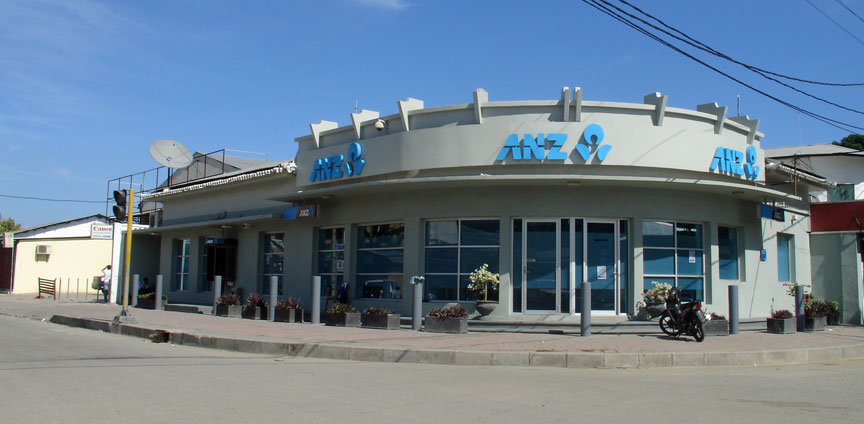
bank
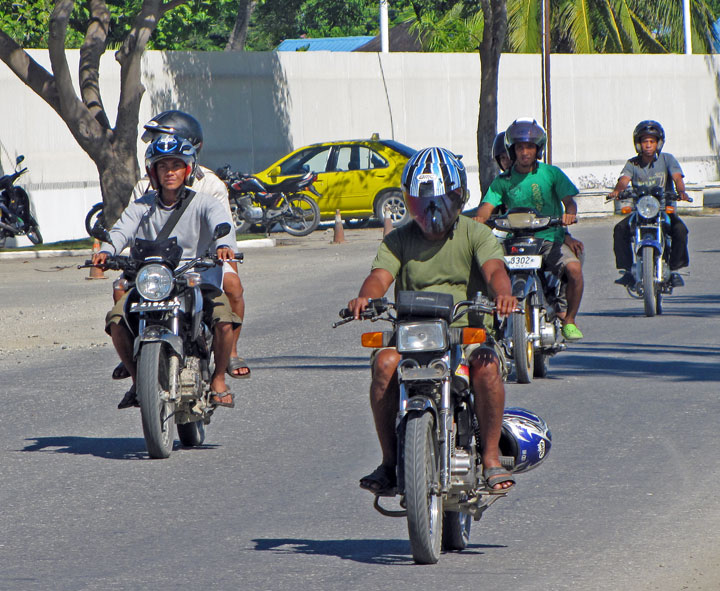
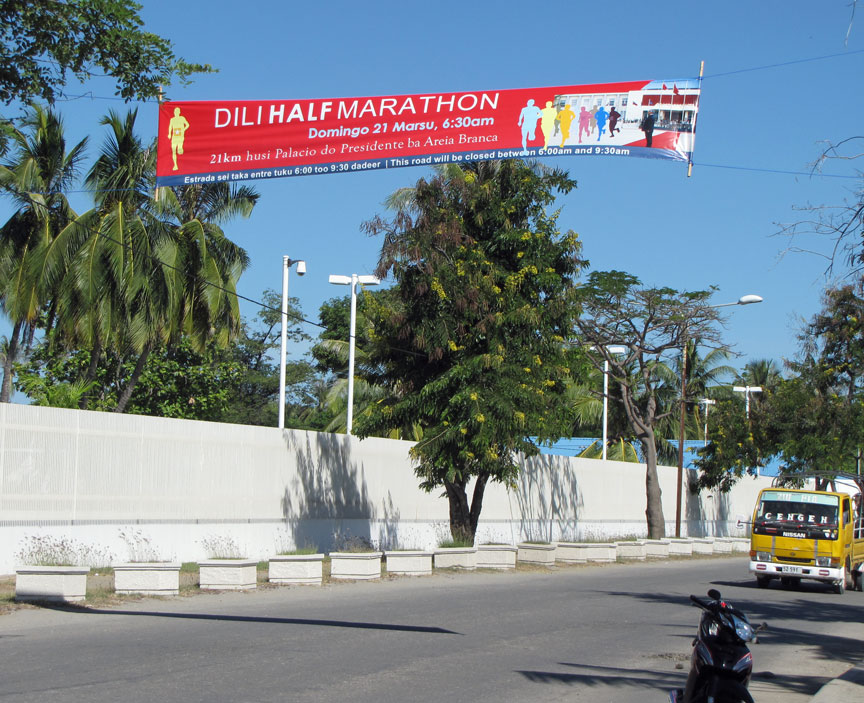
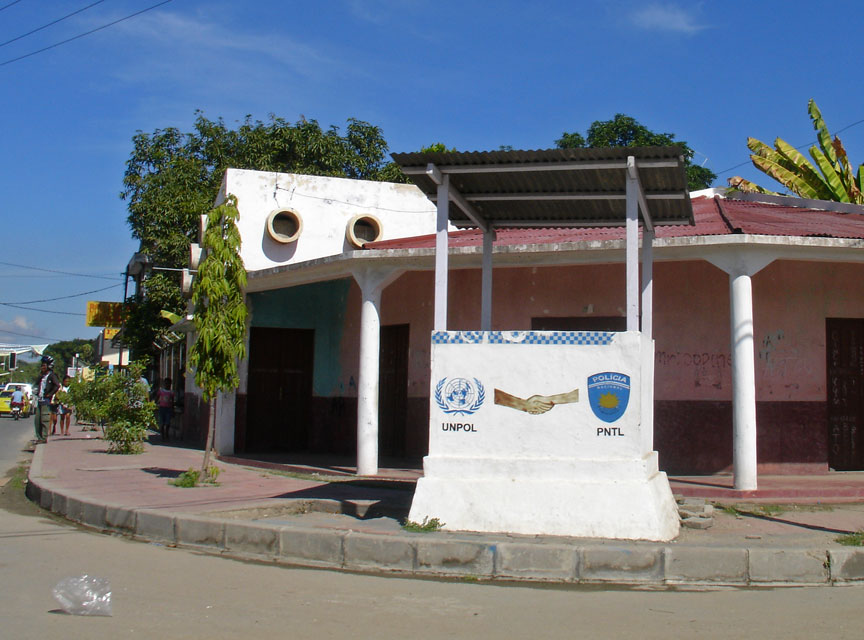
joint policing
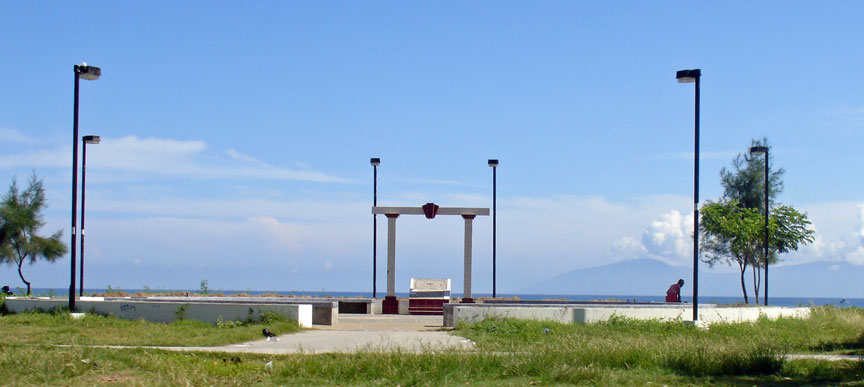
In April 2006, riots broke out in Dili following rivalry within the military and
police; 40 people were killed and over 20,000 fled their homes. Fighting between
pro-government troops and disaffected Falintil troops broke out in May 2006.
Upon the invitation of the Prime Minister, Australia, Malaysia, New Zealand, and
Portugal sent troops to Timor, attempting to quell the violence. On 26 June,
Prime Minister Mari Alkatiri resigned as Prime Minister, following an ultimatum
from President Xanana Gusmão that he would resign if Alkatiri did not. José
Ramos-Horta was appointed as Alkatiri's successor on July 8, 2006. In April
2007, Gusmão declined another presidential term. In the build-up to the April
2007 presidential elections there were renewed outbreaks of violence in February
and March 2007. José Ramos-Horta was inaugurated as President on May 20, 2007,
following his election win in the second round. Gusmão was sworn in as Prime
Minister on August 8, 2007. President Ramos-Horta was critically injured in an
assassination attempt on February 11, 2008, in a failed coup apparently
perpetrated by Alfredo Reinado, a renegade soldier who died in the attack. Prime
Minister Gusmão also faced gunfire separately but escaped unharmed. The
Australian government immediately sent reinforcements to East Timor to keep
order.
Text from Wikipedia
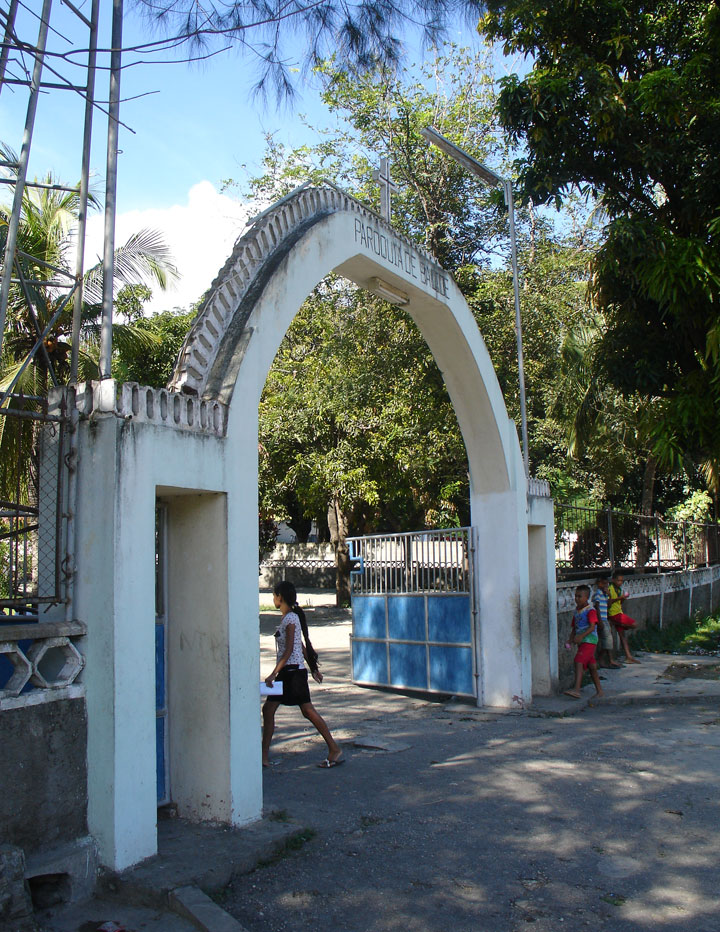

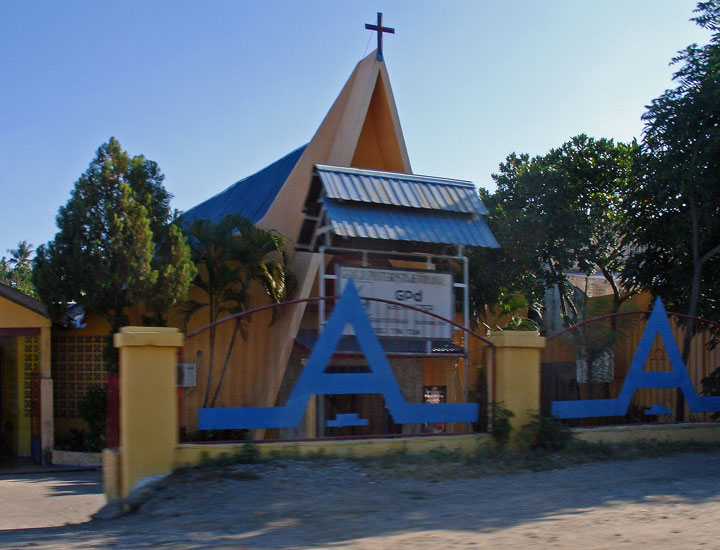

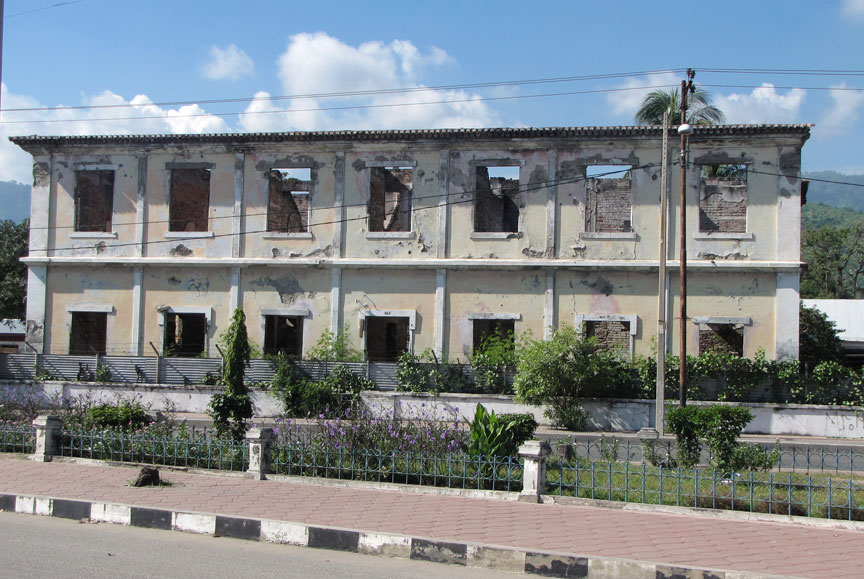
destroyed in the conflict
